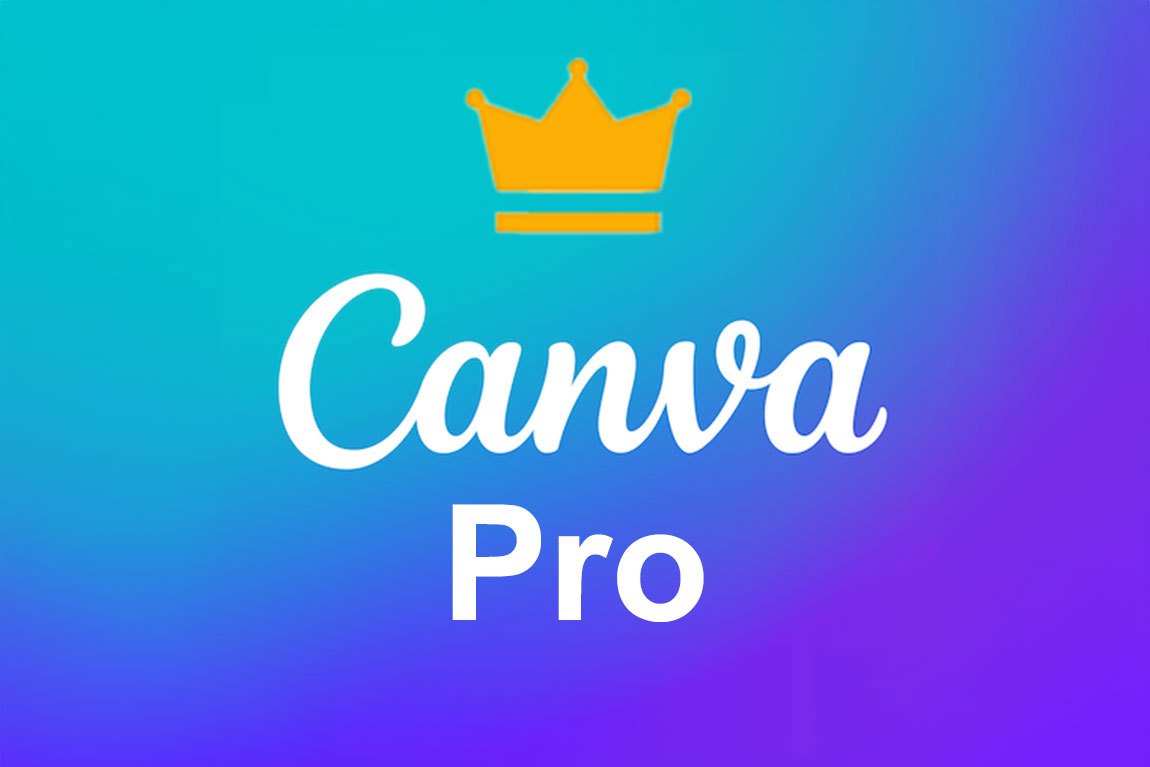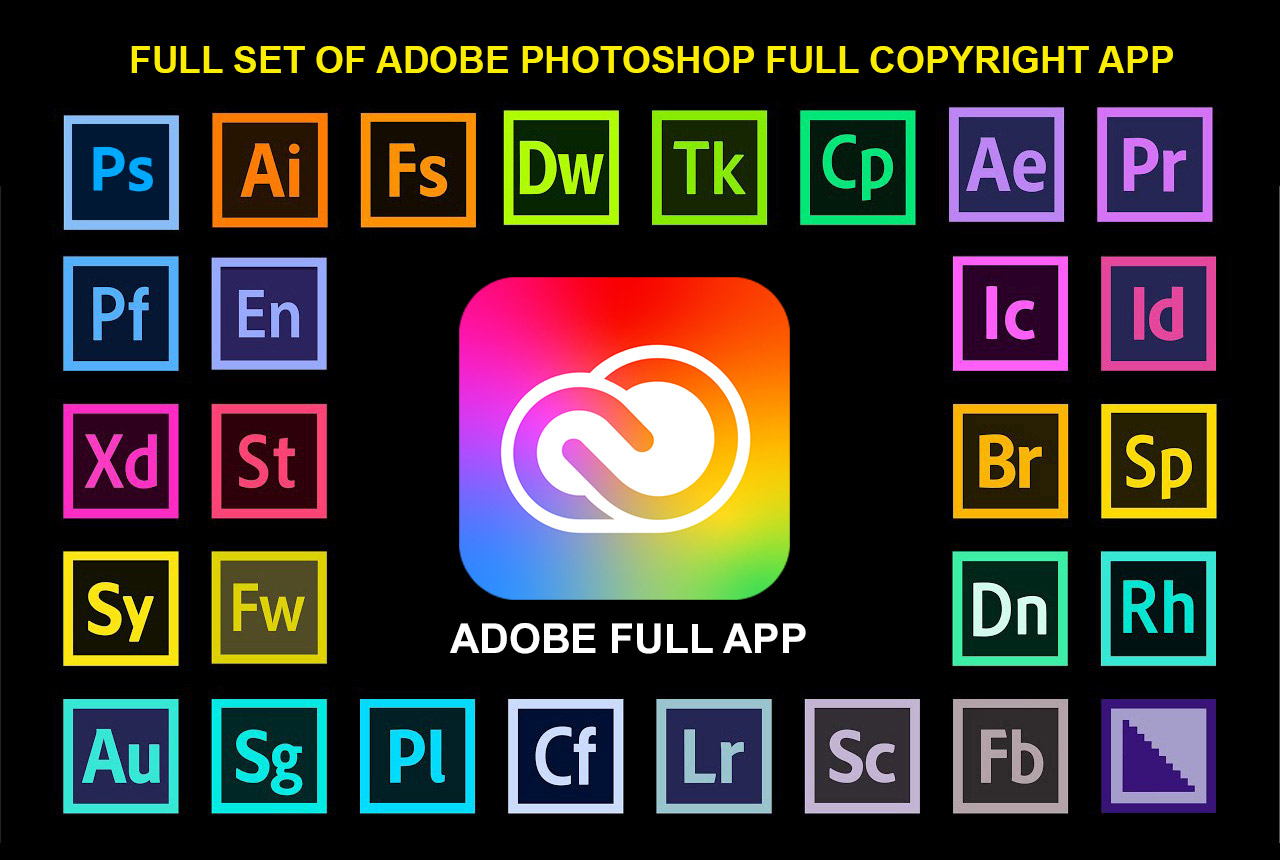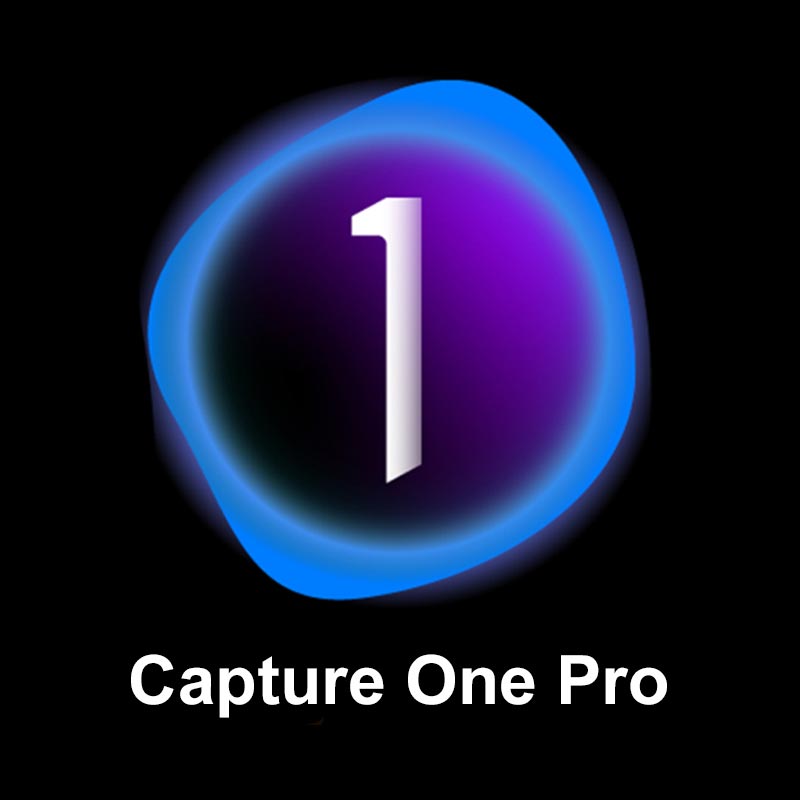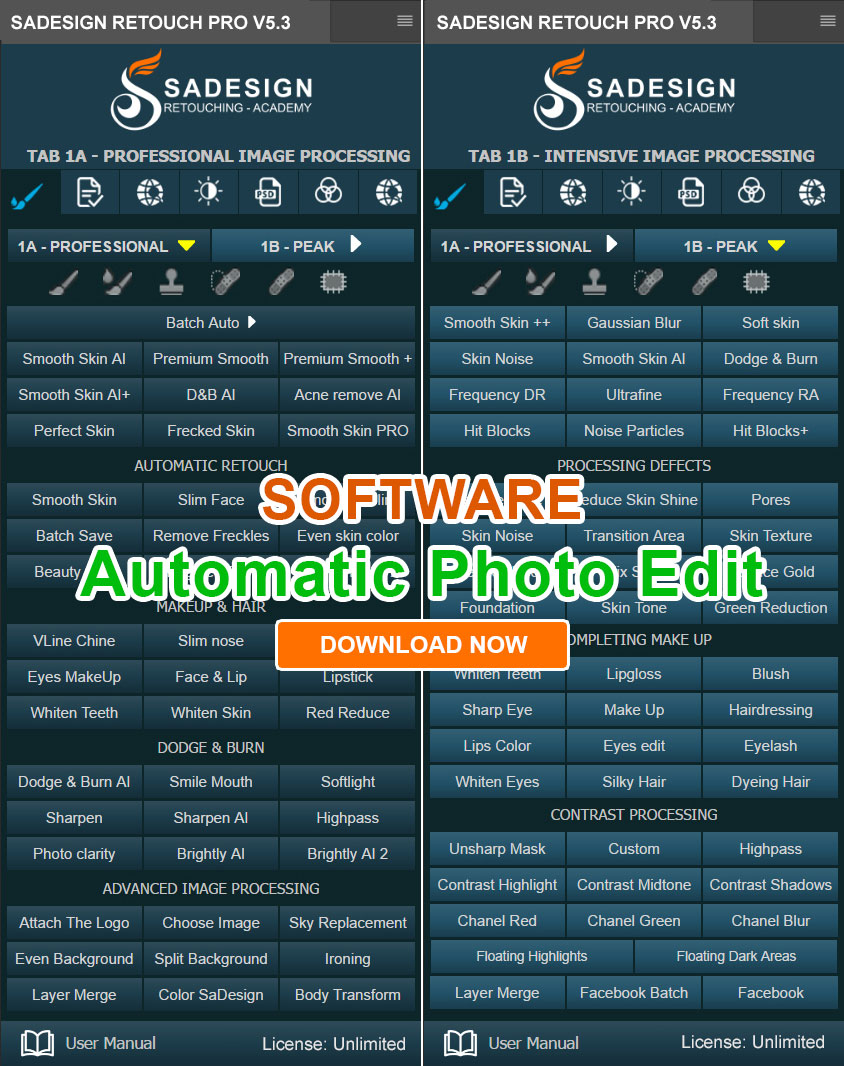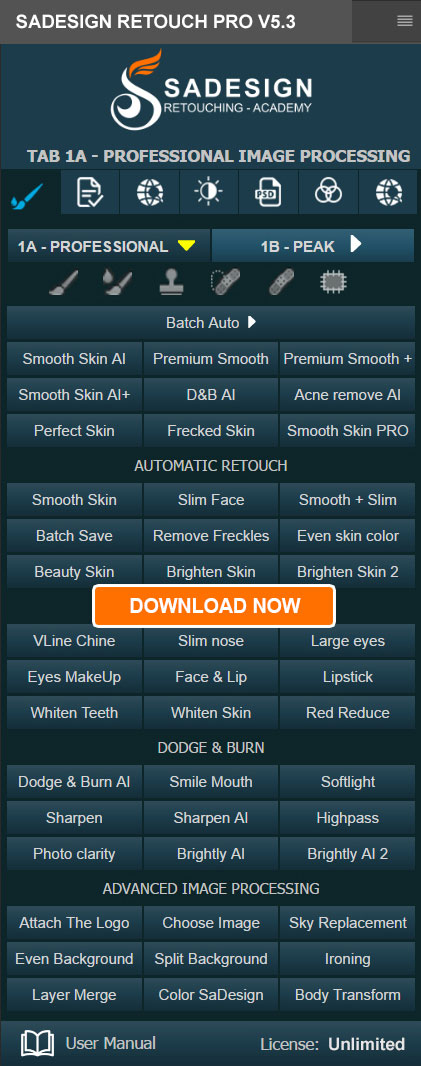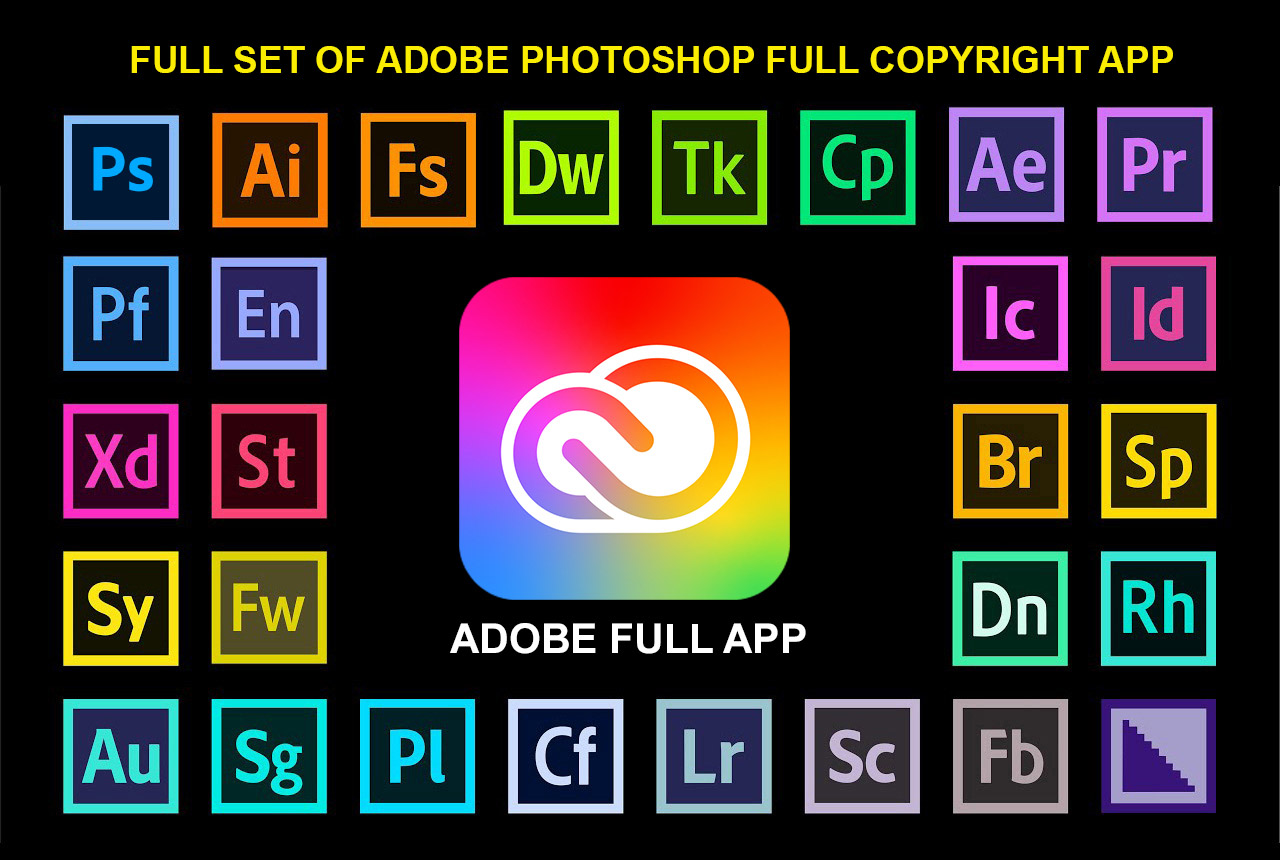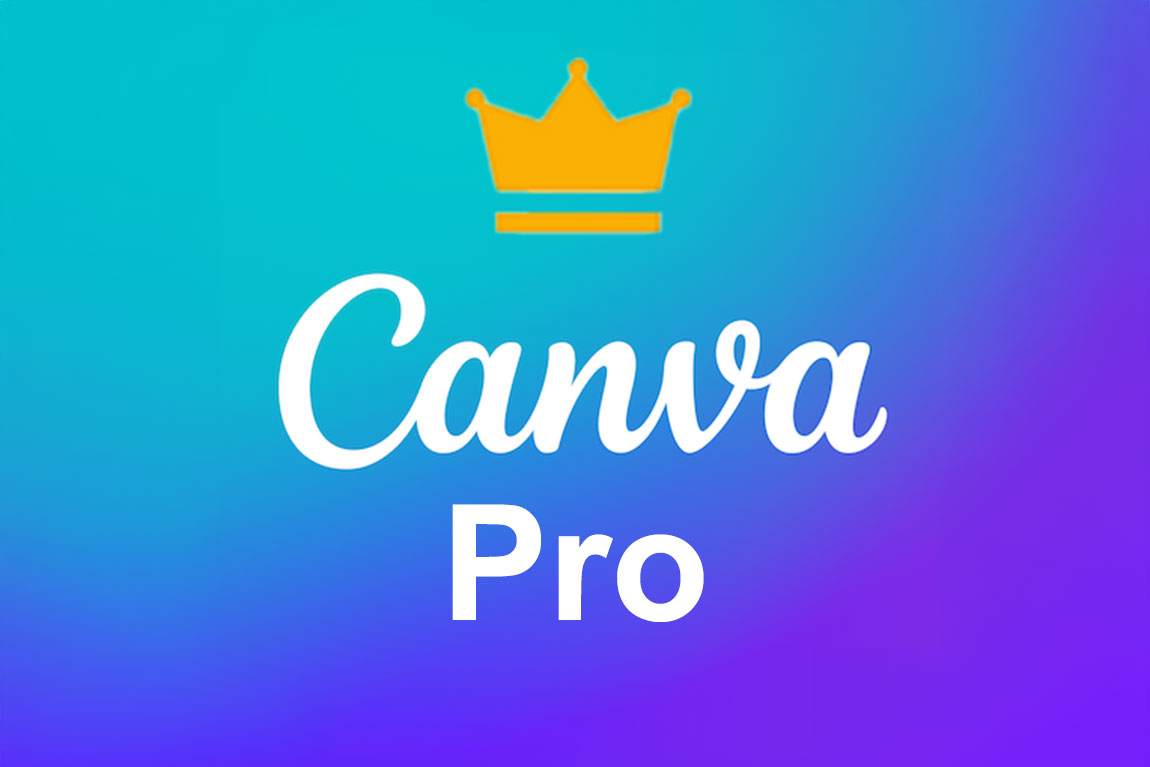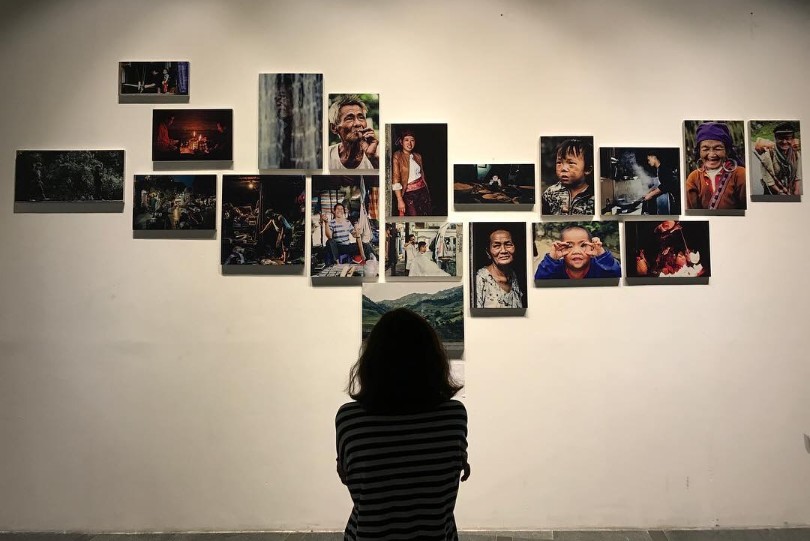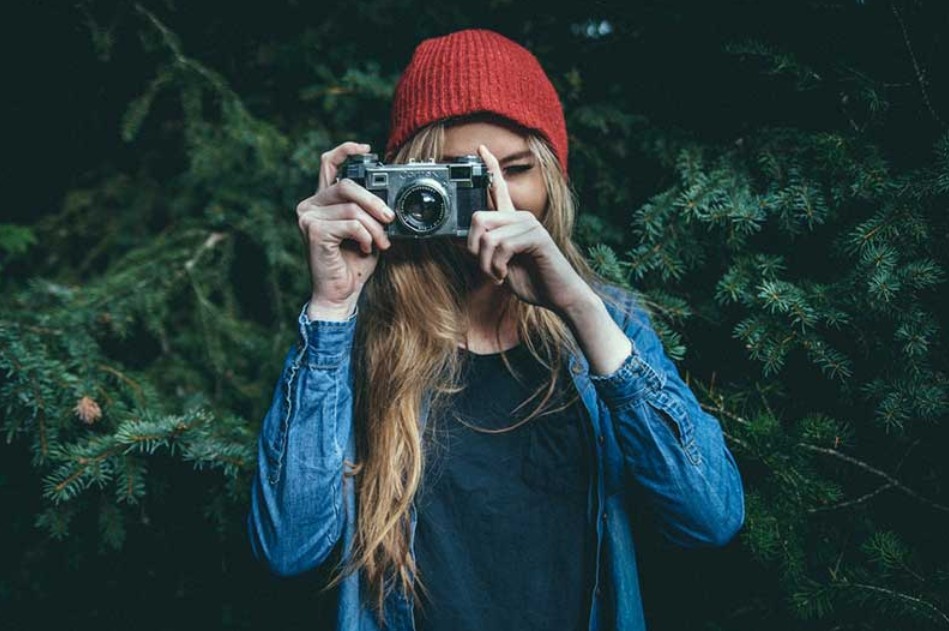Best Selling Products
Tips for Photographers to Take Stunning Wedding Dress Photos
Nội dung
- 1. Define your commercial goals and visual style
- 2. Prepare the scene and lighting
- 2.1 Natural light
- 2.2 Artificial light
- 3. Conceptualize commercial wedding photography
- 3.1 Concept 1: Minimal Elegant
- 3.2 Concept 2: Outdoor Dreamy
- 3.3 Concept 3: Glam Editorial
- 4. Shooting techniques: camera angle, lens and composition
- 4.1 Lens selection
- 4.2 Shooting angle and composition
- 5. Model posing and interaction instructions with the dress
- 6. Post-production: enhance the material and maintain the standard white color
- 7. Advanced Tips
- 8. Conclusion
Discover wedding photography secrets to help brides shine in every frame.
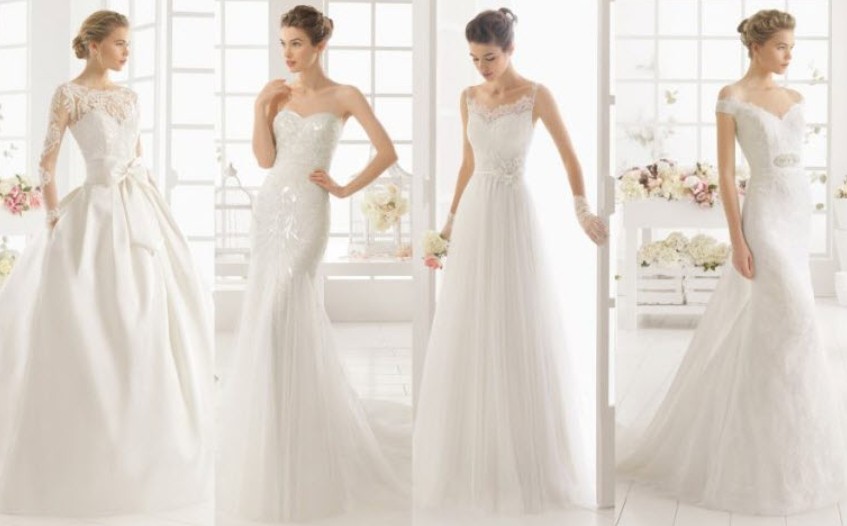
In the wedding fashion industry, commercial photography is more than just capturing an image of a dress. Each photo is a visual story, recreating the brand spirit, celebrating every seam, every layer of material and evoking emotions about a woman’s most important day. A successful wedding dress photo not only highlights the product, but also conveys a sense of luxury, sophistication and the desire for perfection.
To achieve this, photographers need more than just a good camera. They need a commercial mindset, knowledge of lighting, a sense of aesthetics and the ability to strategically create image concepts. Every element from the choice of shooting style, setting, lighting to the way the model interacts with the dress determines how the public perceives the brand.
1. Define your commercial goals and visual style
The first step in any commercial wedding shoot is to understand the intended use of the images. This is the foundation that will shape the entire production process.
If the photo series is used for a lookbook, the goal is to show the shape and material. The lighting needs to be soft, honest, and limit harsh shadows to preserve the natural drape and fall of the dress. The focus is on the movement of the material, which is how the viewer can feel the "life" of each layer of lace and each soft fold of chiffon.
With e-commerce photos, technical factors must be given absolute priority. The light needs to be neutral, low contrast, and a stable color temperature around 5500K, helping to faithfully display white tones, avoiding yellow or blue casts. Shooting angles need to follow technical standards (front, side, back) so that the product is displayed clearly and consistently in the brand's image system.
.jpg)
Meanwhile, advertising or magazine photography requires a creative approach. The goal is not just to “see” the dress, but to “feel” it. Here, the photographer has the freedom to exploit contrasting lighting, bold angles, and storytelling compositions, all to evoke emotions, taking the product beyond the commercial realm and closer to visual art.
Along with the intended use, defining the visual style also plays a key role.
High-end brands often choose a romantic-classic direction , using soft light, nude or ivory tones to enhance luxury.
On the contrary, modern brands favor modern-minimalist style , focusing on dress structure, block cuts, clear directional lighting, expressing strength and personality.
For young brands, the fantasy-fairy tale style is popular because it evokes a sense of dreaminess and romance, suitable for light dress designs, many layers of chiffon and stone-studded accessories.
Once the style is clearly defined, every other element from equipment, lighting, background color, to frame composition becomes consistent, creating a unified visual language for the entire photo series.
2. Prepare the scene and lighting
2.1 Natural light
Wedding dress materials such as silk, lace, satin or tulle all have high light-reflecting properties and require soft light to show the transparency and lightness of the fabric. Therefore, natural light is always the first choice for outdoor photoshoots or romantic lookbooks.
The “ golden hour ” from 6:30–8:30 AM or 4:30–5:30 PM is when the light is soft, directional but not harsh, allowing for smooth transitions in the folds of the dress. This warm light helps skin and fabric blend naturally, while minimizing the need for post-production editing.
.jpg)
When shooting outdoors, the light should be angled slightly behind the model to create a bright rim effect around the model, making the dress stand out more against the background. To avoid overexposing areas with strong reflections, a silver or light gold reflector can be used to bounce soft light back onto the model's face and waist.
In case of shooting indoors with natural light, you should take advantage of large windows or glass roofs . If the light source is limited, combining a diffuser to spread the light and bounce white light helps maintain softness and avoid hard shadows.
2.2 Artificial light
For commercial and studio photography , artificial lighting allows for absolute control over every area of light and dark. A standard lighting setup usually includes a key light , fill light , and backlight .
A key light placed at a 45° angle to the model helps to create contours and emphasize fabric details. A fill light placed opposite or lower will soften shadows. A backlight from behind, especially effective with layered dresses or long veils, creates a subtle halo around the subject.
White balance is key . A temperature of 5400–5600K is usually the standard to keep the dress neutral. If you want a warm mood, you can lower it to 4800K, and to evoke a luxurious cool atmosphere, slightly increase it to 6000K.
In addition to the key light, a hairlight or rimlight is also useful for separating the model from the background, especially if the background is a similar color to the dress. A well-calibrated three-light setup will result in an image that is both detailed and elegant.
3. Conceptualize commercial wedding photography
.jpg)
3.1 Concept 1: Minimal Elegant
This is the most popular concept in luxury brand lookbooks. The goal is to highlight the design lines and fabrics . The ideal setting is a white or light beige studio , a lightly polished floor, and soft, even lighting.
The model keeps her expression light, her posture straight and her movements minimal. All supporting elements are kept to a minimum so that the dress becomes the visual center. Apertures from f/8 to f/11 keep the entire dress in focus, avoiding the phenomenon of blurred areas losing details. Two main lights on both sides, combined with a light fill behind, ensure moderate contrast.
When doing this, the photographer needs to be mindful of the gradation of light on the fabric: even a slight burn can make satin or organza lose its subtlety. Therefore, it is advisable to underexpose by 1/3 stop to retain all the detail in the highlight area.
3.2 Concept 2: Outdoor Dreamy
This style is imbued with a romantic spirit, evoking a gentle and poetic feeling. The location can be a field, a beach, a pine forest or an ancient garden , where the light is soft and the background has depth.
An 85mm or 135mm lens is perfect for compressing perspective , blurring the background while still keeping the details of the dress. With an aperture of f/2.8–f/4, the model will stand out in the dreamy space.
If there is natural wind, use it to create movement in the veil. If there is no wind, a low-power fan placed diagonally across the camera will help create the feeling of a “living dress”.
.jpg)
The key point of this concept lies in the emotional connection . The model does not just stand and pose, but needs to express real emotions: distant gaze, slight smile, slow steps. When the emotions are natural, the frame will have a “soul”, true to the spirit of artistic wedding fashion photography.
3.3 Concept 3: Glam Editorial
This concept aims for strong visual elements , often used for advertising or magazines. Hard lighting, low angles and symmetrical composition create a sense of power and elegance.
A powerful strobe or beauty dish is the best choice for creating strong highlights. The ISO should be kept low (100–200) to ensure minimal noise and maximum sharpness. Shutter speeds of 1/200 to 1/250 will help to “freeze” any movement of the fabric, which is especially useful when the dress has rhinestones or reflective metal details.
In post-production, slightly increasing the clarity and contrast will highlight the satin texture, while adjusting the selective color will help the white tones of the dress stand out from the background. The result is a high-fashion image, while still maintaining the elegant spirit that is typical of wedding dresses.
4. Shooting techniques: camera angle, lens and composition
.jpg)
4.1 Lens selection
The lens is the factor that determines the perspective and emotion of the image. The 35mm
lens is suitable for panoramic shots, when you want to capture the surrounding space, often used in outdoor concepts or editorial with depth. The 50mm - 85mm lens is the standard in commercial wedding dress photography. This is the focal length range for balanced human proportions, without distortion, helping to naturally enhance the figure. In addition, the 100mm macro lens is a powerful tool when capturing details such as buttons, lace, and crystals.
4.2 Shooting angle and composition
Eye-level shots help viewers feel close and natural, suitable for product introduction or e-commerce photos. Low
angles are often used to highlight the length of the dress and the model's figure, bringing a sense of majesty and nobility. Meanwhile, high angles create an artistic feel, helping to show off the overall layout of the dress, especially effective when the dress has a long or flared train.
The composition should follow the rule of thirds to direct the eye to the main subject. Leading lines from the background, architecture or lighting can also be used to guide the viewer’s eye to the dress. Avoid placing too many secondary elements next to the subject, as in commercial photography, clarity and balance are key to professionalism.
5. Model posing and interaction instructions with the dress
Models in commercial wedding dress photos must show a graceful, delicate and natural demeanor . Every movement must be controlled to flatter the dress and not distort the design.
(2).jpg)
The arms should be slightly relaxed , the wrists should be soft, slightly separated from the body to create a graceful curve. When turning, move gently, avoid sharp steps or strong movements that will make the dress lose its shape. If the dress has a long tail, the stylist can help adjust the tail to ensure the most beautiful puffiness and drape.
Small movements like stroking hair, turning slightly, looking over the shoulder bring a sense of life. In fantasy or outdoor dreamy concepts, real movement is the element that creates the emotion of the photo. In contrast, in studio photos, a static pose, a straight gaze and a confident demeanor are the elements that help express the spirit of a luxury brand.
6. Post-production: enhance the material and maintain the standard white color
Post-production is the final technical and aesthetic finishing step.
First, you need to get the lighting and white balance right. Wedding dresses come in a variety of white tones from pure white to off-white, so maintaining the correct hue is extremely important.
Next, the Dodge & Burn technique is used to add volume to the dress, especially at the waist, bust, and pleats. This helps create a three-dimensional feel without losing detail.
When working with color, slightly reduce the saturation of skin tones to match the white background. The overall tone of the image should be neutral, not too cool or too vintage, to keep the product looking modern and luxurious.
.jpg)
Finally, commercial image files need to be exported in high resolution, maximum quality TIFF or JPEG format. For e-commerce platforms, it is advisable to prepare a transparent background PNG version to easily arrange the layout on the website and advertising banner.
7. Advanced Tips
To create a unique visual impact, photographers can use creative techniques such as mirror reflections , light through the veil or light smoke . These elements create a sense of space and make the dress appear to glow naturally.
Choosing a smart background tone also helps to highlight the product. Beige, pastel or light gray backgrounds help white dresses stand out while still being soft. If you want to be more creative, you can use champagne or metallic backgrounds to evoke a luxurious feeling without losing the elegant spirit.
A new trend in commercial photography is to shoot behind-the-scenes videos or short videos in parallel with the same lighting setup. These clips not only complement social media but also help customers understand the real texture of the dress, a very effective form of visual storytelling.
8. Conclusion
Commercial wedding photography is the intersection of photography techniques and fashion design art. Each frame is not only a visual product, but also a brand's storytelling language. A beautiful wedding dress photo is the result of a perfect combination of light, composition, movement and emotion. When the photographer understands the brand's spirit and knows how to exploit the true beauty of the material, they not only create sales images, they create inspirational works. And that is the biggest secret of the art of wedding photography: honoring the beauty of the dress, but also honoring the dream of happiness and perfection.




